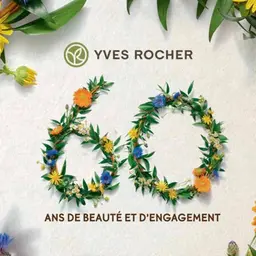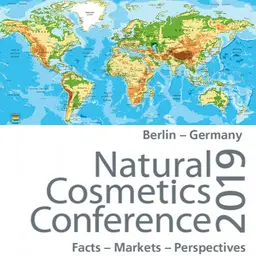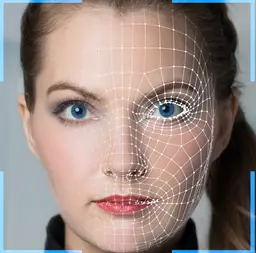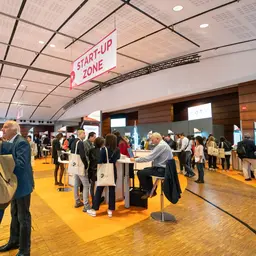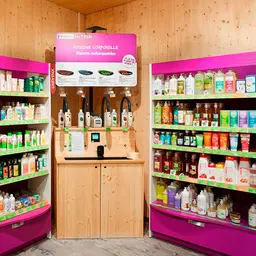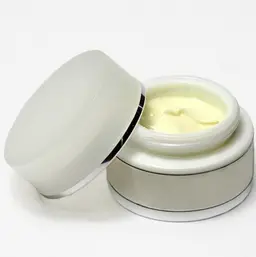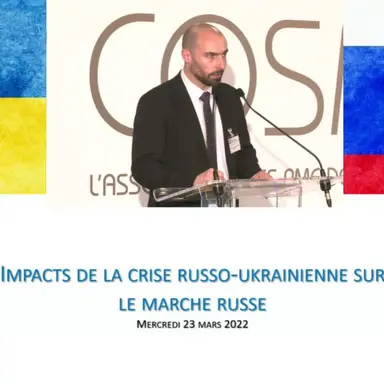
Today, the restrictions established by Europe against Russia and Belarus due to the conflict in Ukraine also affect luxury products, including cosmetics. What is the framework and how to manage them? During the International Meetings organised by Cosmed on March 23, 2022, Jean-François Depin, Head of the Economic Action and Enterprise mission within the French General Directorate of Customs, gave an update.
Restrictive measures concerning Russia, Belarus and the oblast areas of Ukraine (i.e. territories not controlled by the government in Kiev) are not strictly speaking a novelty. They date back to 2012 for Belarus (EU Regulation 2012/642), and 2014 for Russia (EU Regulation 833/2014), after the annexation of Crimea began. What has changed recently is the extent of these restrictions.
The extension to luxury cosmetics
The two European regulations have just been amended to broaden the scope of restrictions applicable to new types of goods, including civil goods, and in particular to luxury products. “On the customs side, we are currently analysing the latest regulation dated 15 March (Regulation 2022/428), because there are some inaccuracies that have been brought to our attention by the federations, especially regarding the value of goods,” said Jean-François Depin.
The Regulation provides that it “shall be prohibited to sell, supply, transfer or export, directly or indirectly, luxury goods […] to any natural or legal person, entity or body in Russia or for use in Russia […] nsofar as their value exceeds €300 per item”.
The luxury goods that fall under this ban include:
• Perfumes and toilet waters
• Beauty or make-up preparations and …

